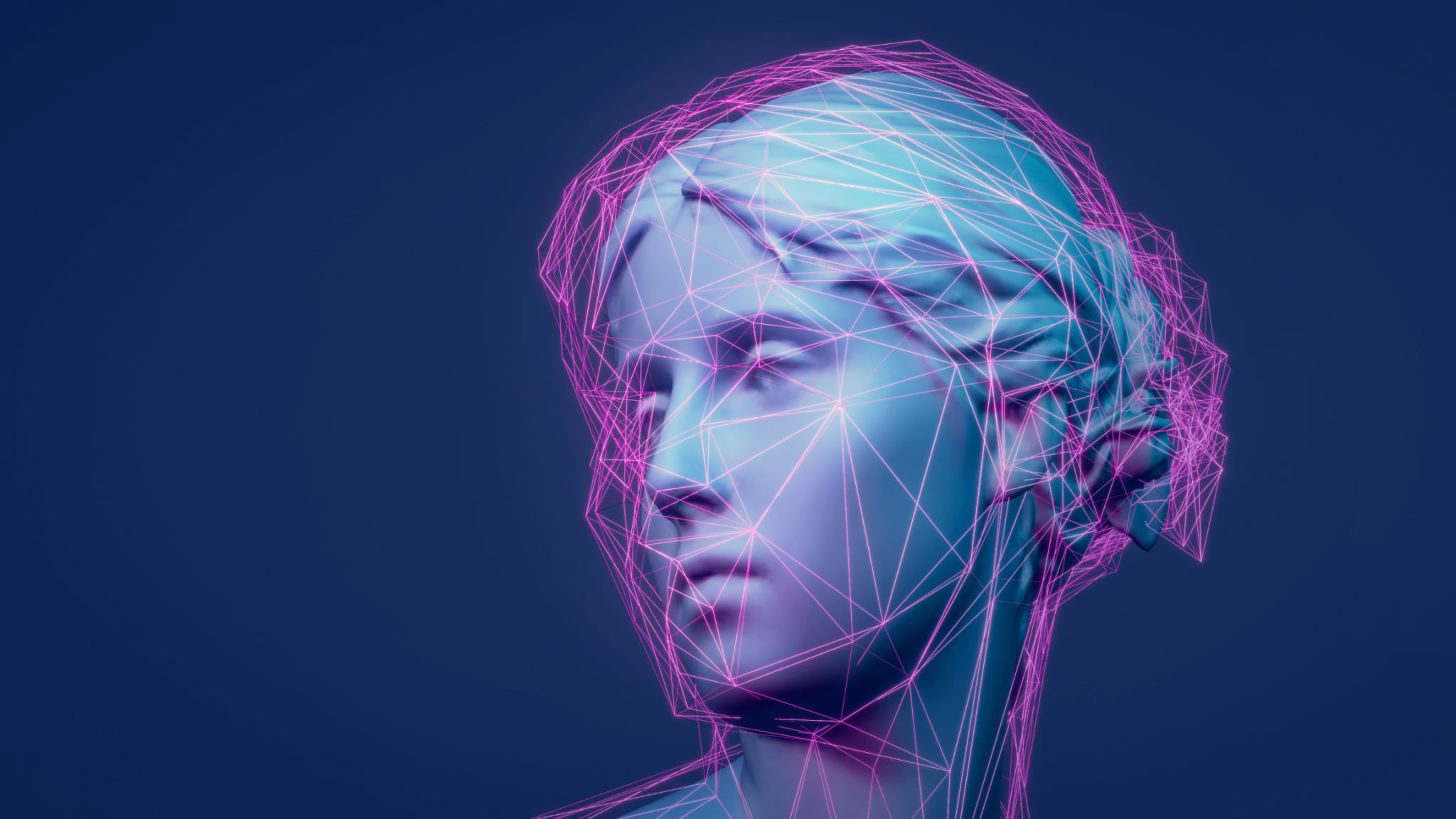Myth-Busting Common Misconceptions About Digital Art
Introduction to Digital Art Myths
Digital art has surged in popularity over the past few decades, offering artists new tools and platforms to express their creativity. However, despite its widespread use, several misconceptions continue to cloud perceptions of digital art. In this blog post, we'll debunk some of these myths and shed light on the truths behind this innovative art form.

Myth 1: Digital Art Isn’t “Real” Art
One of the most pervasive myths is that digital art is not "real" art. This misconception stems from the belief that art must be created with traditional tools like paintbrushes and canvases. However, digital art, much like traditional art, requires skill, creativity, and practice. Artists use software as their medium, akin to using oil or watercolor paints.
Moreover, digital art often involves a deep understanding of design principles, software capabilities, and even coding. The medium may differ, but the creativity and effort involved are very much real. Art is defined by its expression, not its tools.
Myth 2: Digital Art Is Easier Than Traditional Art
Another common myth is that digital art is easier to create than traditional art. While digital tools offer functionalities like undo buttons and layers, which provide flexibility, they also present their own set of challenges. Artists must learn complex software, stay updated with technology, and often spend hours perfecting their craft.

Additionally, mastering digital techniques takes time and dedication. Just as with traditional art, becoming proficient in digital art requires practice, patience, and a continuous learning process.
Myth 3: Digital Art Lacks Authenticity
Some critics argue that digital art lacks the authenticity of traditional art because it can be reproduced effortlessly. However, this overlooks the fact that the authenticity of art comes from the artist's vision and intention, not the medium. Digital art can convey powerful emotions and stories, just like any other form of art.
Furthermore, digital art offers unique opportunities for artists to experiment with new styles and techniques, often resulting in pieces that are distinctive and innovative. It is the artist's skill and creativity that breathe life into their work, regardless of the medium.

Myth 4: Digital Art Is Just for Professionals
Many people believe that digital art is solely the domain of professional artists and designers. In reality, digital art is highly accessible and can be enjoyed by anyone with an interest in creative expression. With the availability of user-friendly software and online tutorials, amateurs and hobbyists can easily explore digital art.
Platforms like social media have also allowed artists of all skill levels to share their work with a global audience, fostering a community that encourages learning and collaboration. Digital art's inclusivity is one of its greatest strengths, opening doors for anyone to explore their creativity.
Conclusion: Embracing Digital Art
As we continue to advance technologically, digital art will undoubtedly play an increasingly significant role in the art world. By dispelling these myths, we can appreciate the true value and potential of digital art. Whether you're a seasoned artist or a curious beginner, digital art offers a dynamic and exciting avenue for creative expression.
